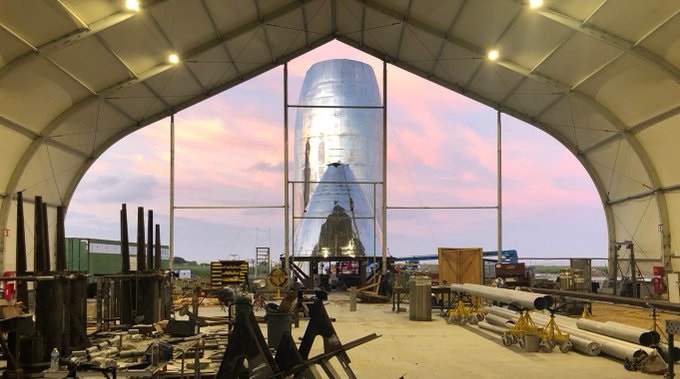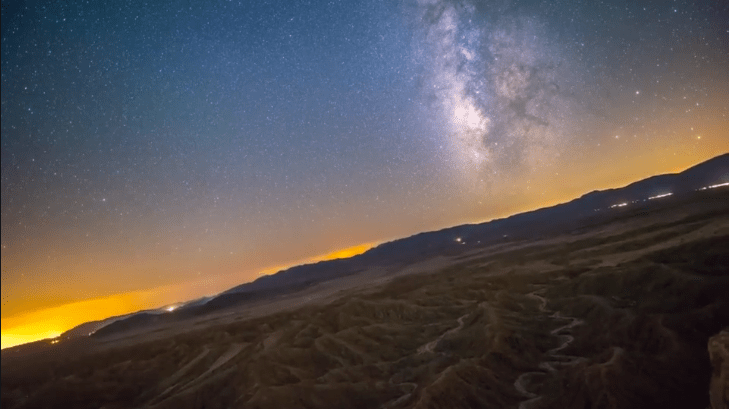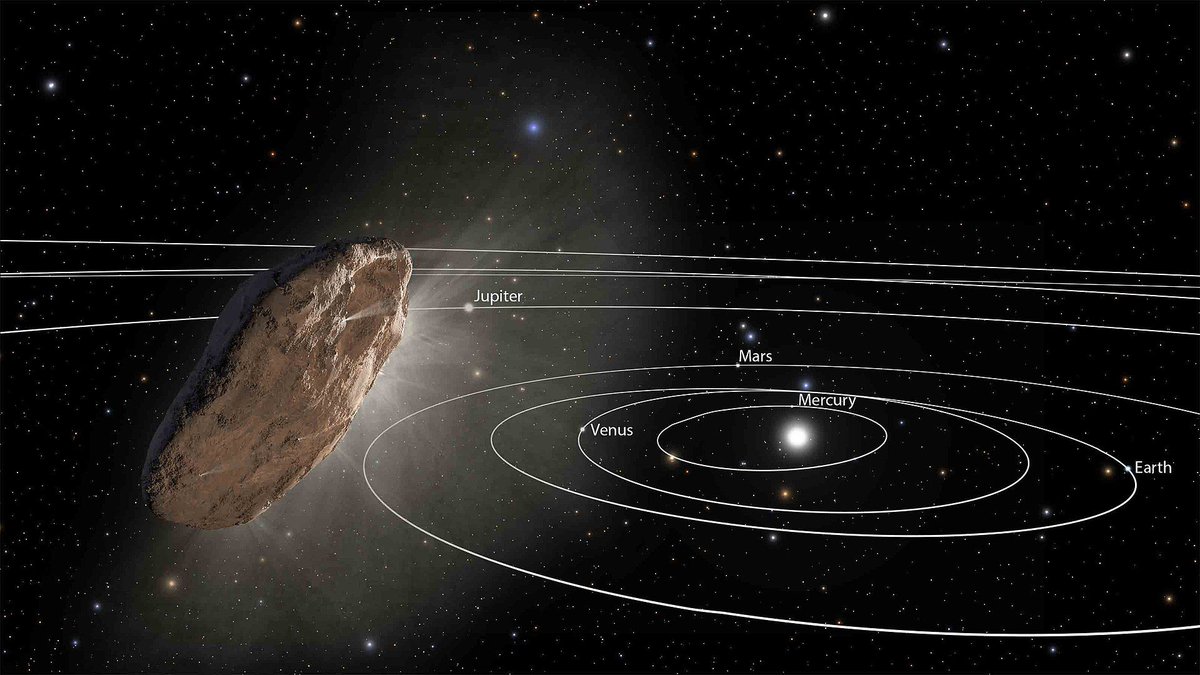SpaceX is getting closer to its making its next big leap with the Starship super-heavy launch system. With hover tests now complete, the public is eagerly awaiting the completion of the full-scale prototypes and for orbital testing to begin. Never one to disappoint, Elon Musk has been posting regular updates on Twitter showcasing the latest progress of the Starship Mk.1 and Mk.2.
Continue reading “Musk Shares the Latest Progress on the Starship Prototypes”A Distant Asteroid Collision Gave Earthly Biodiversity An Ancient Boost
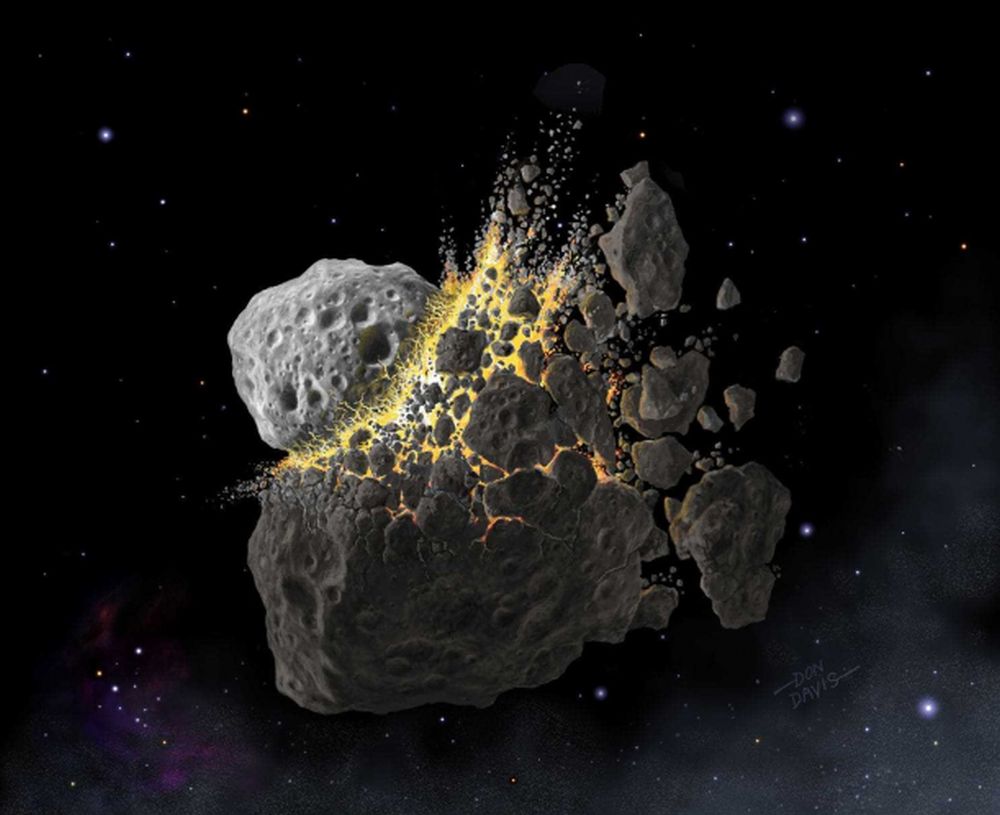
About 466 million years ago, there was an asteroid collision in the asteroid belt between Mars and Jupiter. The collision caused the breakup of a major asteroid, creating a shower of dust throughout the inner Solar System. That event is called the Ordovician Meteor Event, and its dust caused an ice age here on Earth.
That ice age contributed to an enormous boost in biodiversity on ancient Earth.
Continue reading “A Distant Asteroid Collision Gave Earthly Biodiversity An Ancient Boost”Yes, This is Actually the Shadow of Io Passing Across the Surface of Jupiter.
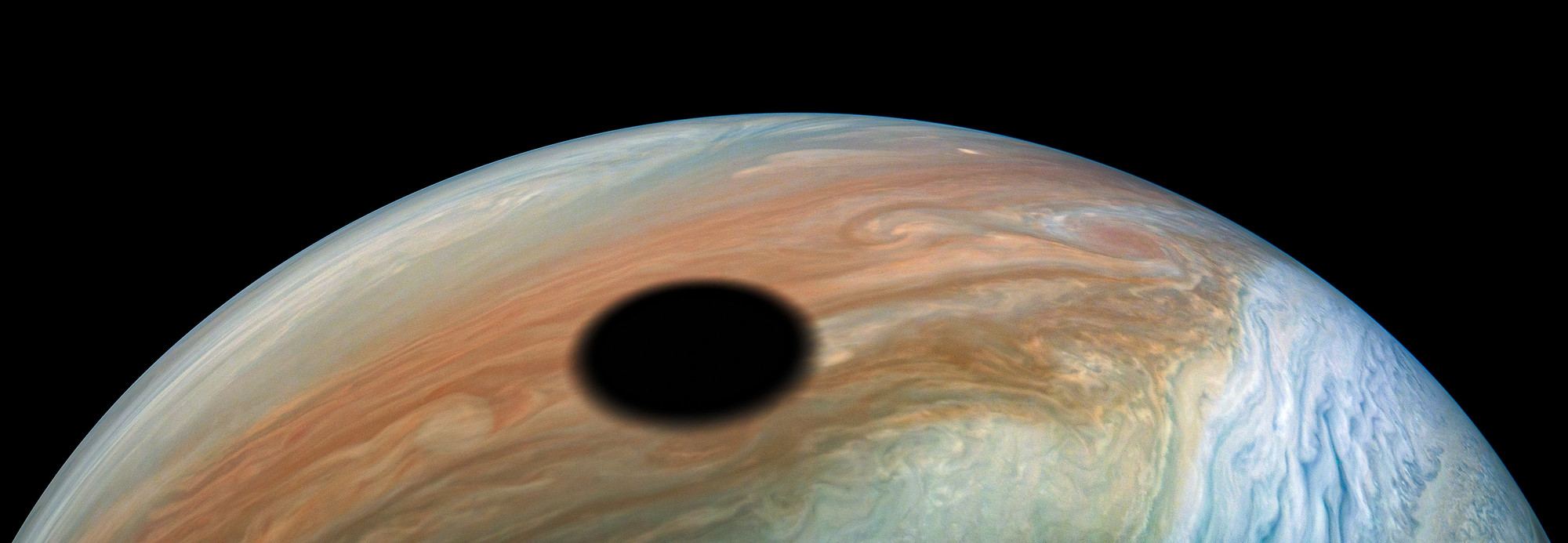
The JunoCam onboard NASA’s Juno spacecraft continues to provide we Earthbound humans with a steady stream of stunning images of Jupiter. We can’t get enough of the gas giant’s hypnotic, other-worldly beauty. This image of Io passing over Jupiter is the latest one to awaken our sense of wonder.
This image was processed by Kevin Gill, a NASA software engineer who has produced other stunning images of Jupiter.
Continue reading “Yes, This is Actually the Shadow of Io Passing Across the Surface of Jupiter.”Want To Explore Mars? Send Humans To The Moons Of Mars First: Phobos And Deimos
Humans to Mars. That’s the plan right? The problem is that sending humans down to the surface of Mars is one of the most complicated and ambitious goals that we can attempt. It’s a huge step to go from low Earth orbit, then lunar landings, and then all the way to Mars, a journey of hundreds of millions of kilometers and 2 years at the least.
Continue reading “Want To Explore Mars? Send Humans To The Moons Of Mars First: Phobos And Deimos”Io’s Largest Volcano, Loki, Erupts Every 500 Days. Any Day Now, It’ll Erupt Again.
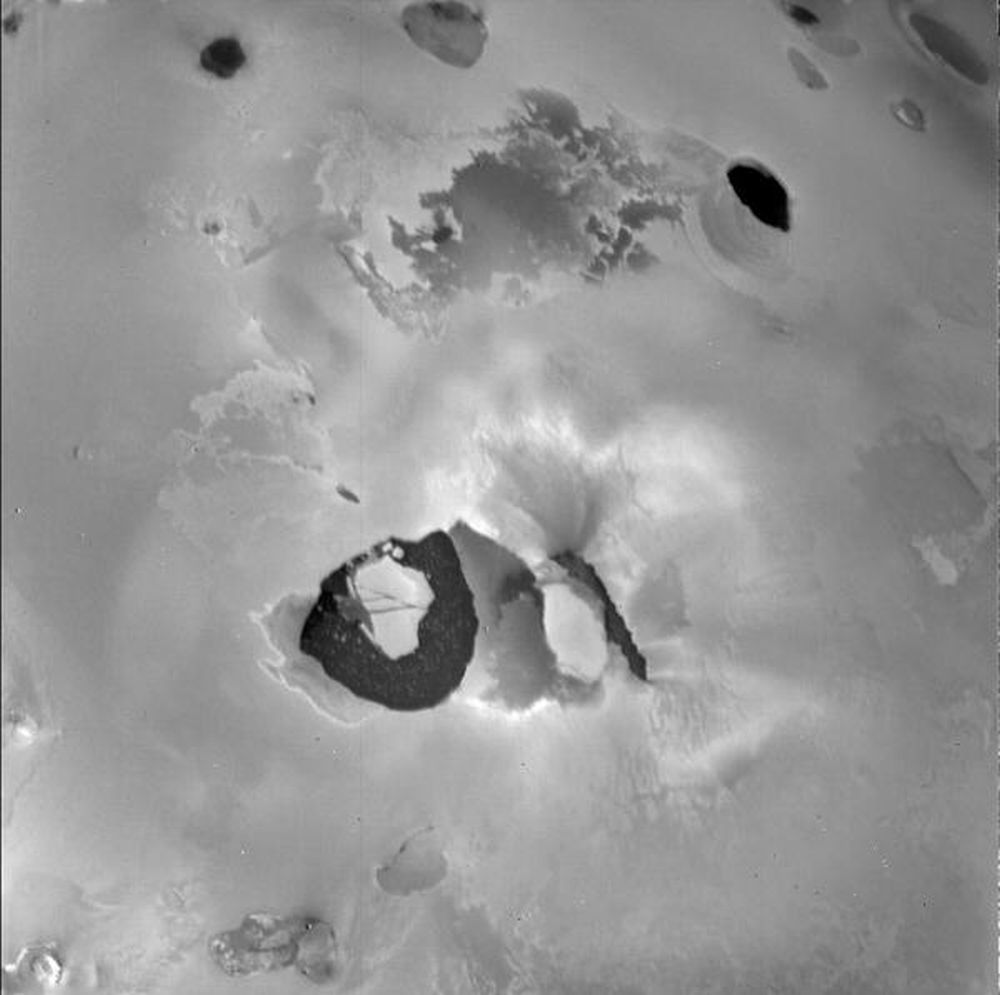
Jupiter’s moon Io is in stark contrast to the other three Galilean moons. While Callisto, Ganymede, and Europa all appear to have subsurface oceans, Io is a volcanic world, covered with more than 400 active volcanoes. In fact, Io is the most volcanically active body in the Solar System.
Io’s largest volcano is named Loki, after a God in Norse mythology. It’s the most active and most powerful volcano in the Solar System. Since 1979, we’ve known that it’s active and that it’s both continuous and variable. And since 2002, thanks to a research paper in the Geophysical Research Letters, we’ve known that it erupts regularly.
Continue reading “Io’s Largest Volcano, Loki, Erupts Every 500 Days. Any Day Now, It’ll Erupt Again.”Weekly Space Hangout: September 18, 2019 – Dr. Georgiana Kramer of PSI: Space Dew and Superheroes
Hosts:
Fraser Cain (universetoday.com / @fcain)
Dr. Brian Koberlein (BrianKoberlein.com / @BrianKoberlein)
Allen Versfeld (https://www.urban-astronomer.com/ / @uastronomer)
Veranika “Nika” Klimovich
Michael Rodruck
Continue reading “Weekly Space Hangout: September 18, 2019 – Dr. Georgiana Kramer of PSI: Space Dew and Superheroes”
This Astrophotographer Makes the World Turn and the Sky Stand Still
Photographer Eric Brummel has created a stunning time-lapse of the Milky Way. Time-lapses of the Milky Way are not rare, but Eric has turned convention on its head. Instead of the Milky Way moving across the night sky, it’s the Earth that’s in motion.
Continue reading “This Astrophotographer Makes the World Turn and the Sky Stand Still”Metallic Asteroids Might Have Had Volcanoes Erupting Molten Iron. That’s So Metal
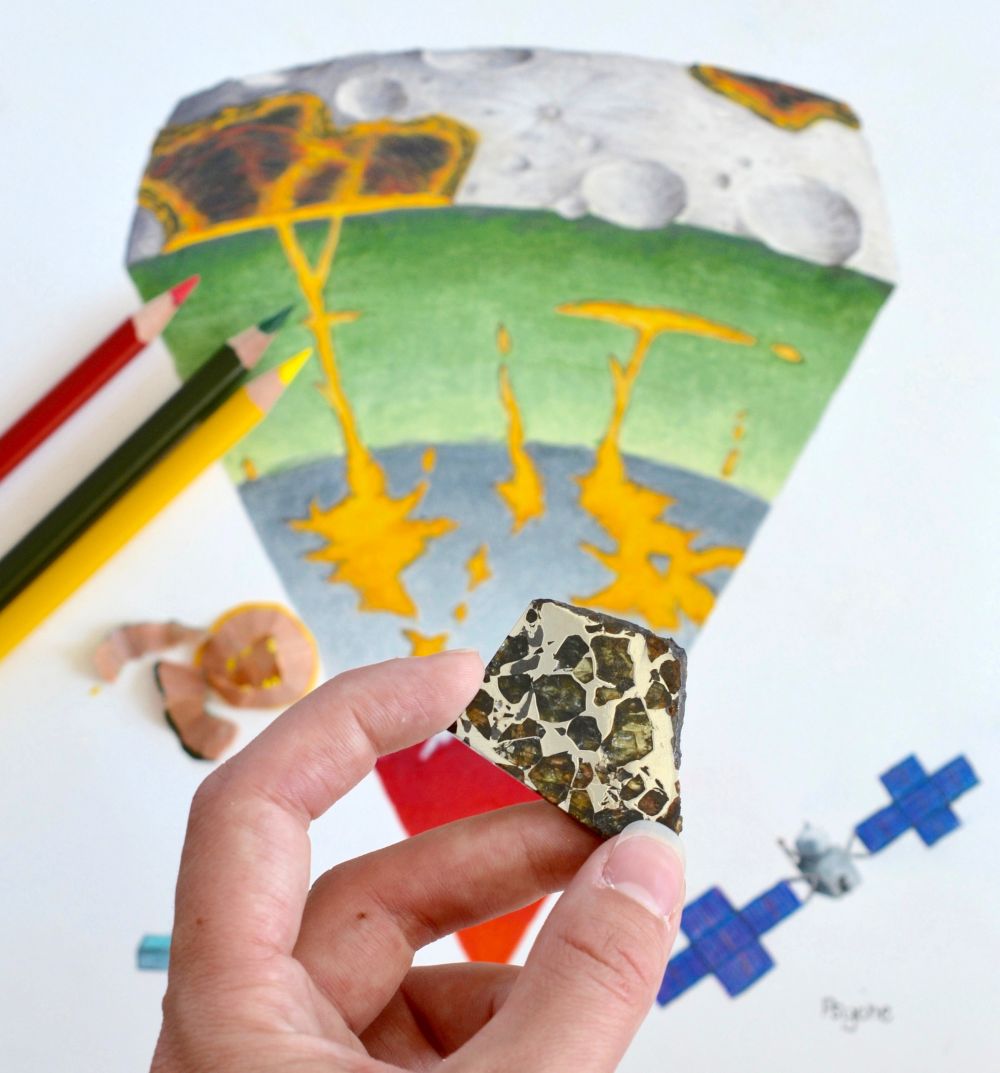
Remember the asteroid Psyche? It’s the largest known asteroid in the asteroid belt between Mars and Jupiter. It’s been in the news because of its unusual properties, and because NASA plans to launch a mission to Psyche in 2022.
Psyche, aka 16 Psyche, is unusual because it’s quite different from other asteroids. Psyche appears to be the remnant, exposed nickel-iron core of an early planet. Because of that, Psyche is a building block left over from the early Solar System, when planets were still forming. It’s like a planet without a crust.
Continue reading “Metallic Asteroids Might Have Had Volcanoes Erupting Molten Iron. That’s So Metal”The Most Massive Neutron Star has been Found. It’s ALMOST the Most Massive Neutron Star That’s Even Possible
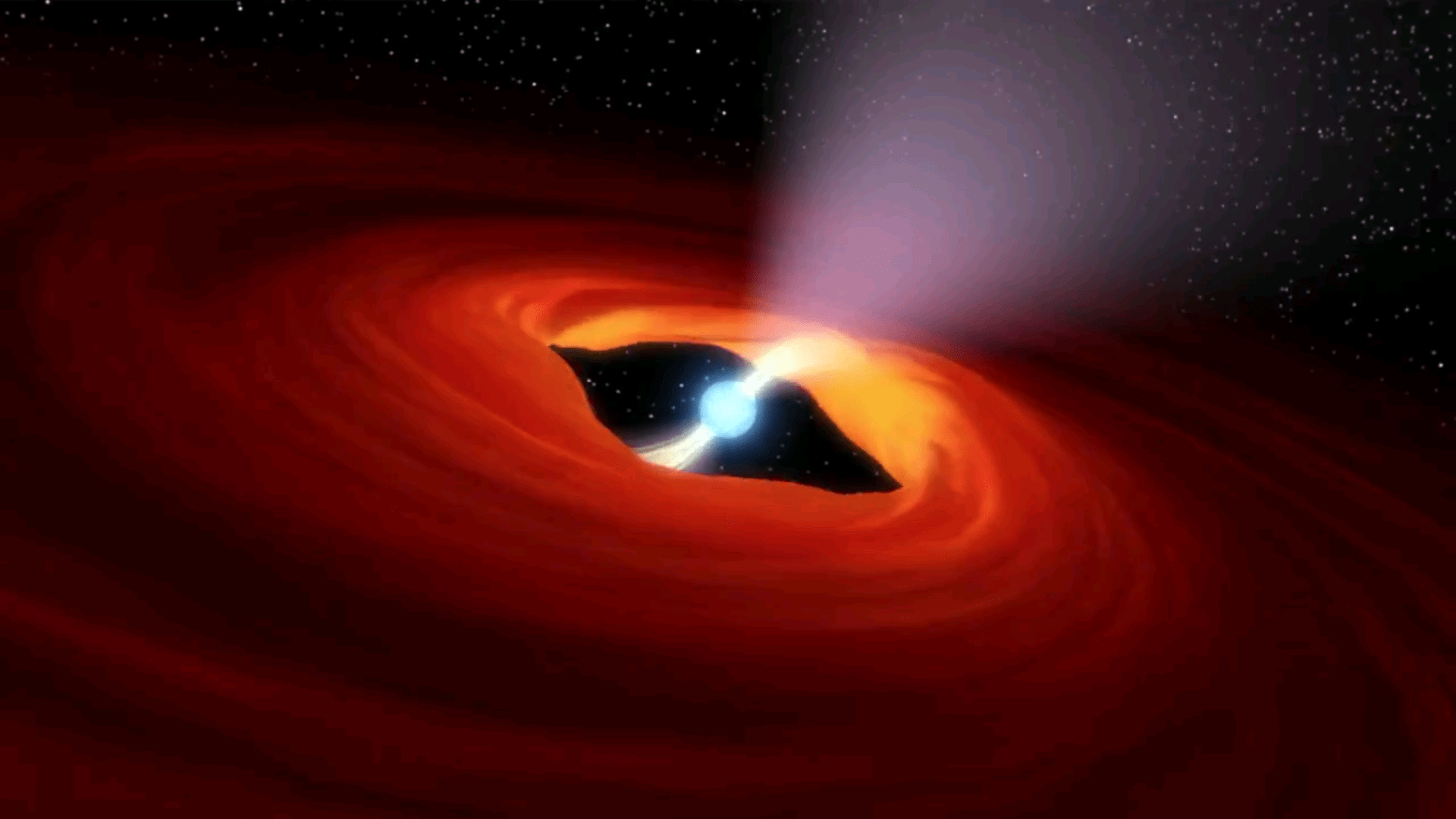
Neutron stars are the end-state of massive stars that have spent their fuel and exploded as supernovae. There’s an upper limit to their mass, because a massive enough star won’t become a neutron star; it’ll become a black hole. But finding that upper mass limit, or tipping point, between a star that becomes a black hole and one that becomes a neutron star, is something astronomers are still working on.
Now a new discovery from astronomers using the National Science Foundation’s (NSF) Green Bank Telescope (GBT) have found the most massive neutron star yet, putting some solid data in place about the so-called tipping point.
Continue reading “The Most Massive Neutron Star has been Found. It’s ALMOST the Most Massive Neutron Star That’s Even Possible”Could We Intercept Interstellar Comet C/2019 Q4 Borisov?
When ‘Oumuamua passed through our Solar System two years ago, it set off a flurry of excitement in the astronomical community. Here was the first-ever interstellar object that
And now that a second interstellar object – C/2019 Q4 (Borisov) – has been detected traveling through the Solar System, similar proposals are being made. One of them comes from a group of scientists from the Initiative for Interstellar Studies (i4is) in the UK. In a recent study, they assess the technical feasibility of sending a mission to this interstellar comet using existing technology, and found that there were a few options!
Continue reading “Could We Intercept Interstellar Comet C/2019 Q4 Borisov?”
